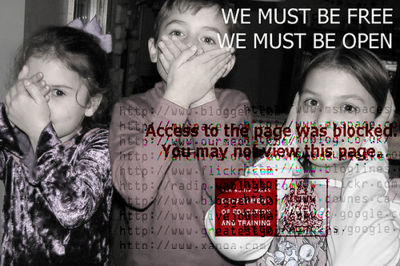Find Your Own Resources
Before venturing out and surfing the ocean of educational resources on the Internet, take a good look around at home and at the office for existing lesson plans, visual aids, handouts, and multimedia resources developed over the years and stored on backup disks or in folders, desk drawers, or filing cabinets. These resources have the advantage of having been designed for the context in which they were to be used, and some may have stood the test of time in the classroom. The resources found may meet the need, or they may be the beginning of an open educational resource. The next step is to find additional resources to expand and complete the needed resource.
Consider releasing your own resources under a license that is compatible with the Free Cultural Works Definition[1] (See Which License Should I Choose? in the License chapter) and redistributing them as OER for other teachers, either through self-publishing or third-party services. To learn more about how to share your resources, see the section later in the Handbook that describes the differences between publishing OER yourself versus using a third-party publishing service, and then dig into more detail with either option through the self-publishing or third-party publishing services section.
After evaluating your own materials, if you still need additional resources, those found through search engines can be used to complete your project.
